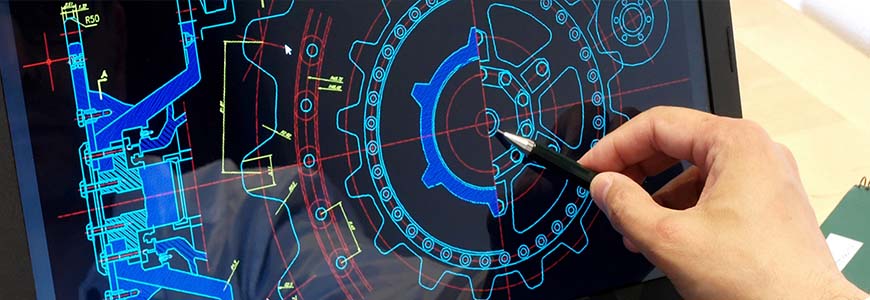What are the importance for Design for Manufacturing and Design for Assembly
What is the importance of Design for Manufacturing and Design for Assembly?

Design for Manufacturing and Design for Assembly are two closely-associated terms in the manufacturing space. Design for Manufacturing (DFM) refers to the optimization of product design for the specific manufacturing process involved in its production. Design for Assembly (DFA or DFMA) is optimizing the design of your part to meet the requirements of both its production and assembly.
DFM and DFMA are critical faucets of product development, offering businesses a means of doing away with about 50 percent of manufacturing cost and makes production significantly easier and faster without compromising on the quality of the ensuing product.
What is the rationale behind DFM and DFMA?
The underlying principle and basis for DFM is quite simple. When a design has been optimized to match the production technique and assembly method, the extra procedures that will normally exist to optimize the design post-production have already been removed. There will also be lesser materials consumed as the process is being run to tailor-made conditions.
— Standardization
Standardized designs can reduce material consumption and inventory requirements. This will consequently save cost as only the exact dimensions and allowances required for the production is taken. In the case of prototypes, standardization can make designs and models easier to modify.
Lastly, all your parts and materials will be able to run along with standard components that match the regular production criteria. This is more cost-efficient compared to instances where hardware will have to be modified to meet custom specifications.
— Design compliance
Designing for manufacturing will ensure that your production part are closest to specifications if not perfectly even. When parts are standardized, there will be little need for alignment that may result in a longer run time. Non-conforming designs may even cause damages to the product when running production or regular stops and starts to fix misalignments.
— Design simplicity
Depending on what manufacturing technique to be used, simpler designs may mean lesser assembly time and effort. If 3D printing is to be employed, design simplicity will make prototype iteration and evaluation faster and easier.
When parts are designed for manufacturing and assembly, other quick assembly methods, fasting techniques and fastening materials will easily be compatible with your production part.
— Setup and run time
Setup times are greatly reduced and digital models are ready to run at the push of a button. DFM also reduces the number of operations involved in each production cycle. If you are 3D printing a part for assembly, DFMA will greatly benefit your process as misalignments in 3D parts may require an entire part to be re-printed.
Why should you Design for Manufacturing and Assembly?
Cost-efficiency
For both start-ups and emerging businesses, being a cost-leader ultimately positions your business for profit maximization. Design for manufacturing means taking a standardized approach to design which can cut about half of the manufacturing cost.
Manufacturing cost entails of process, material and labor costs. When DFM is used; the chances of material waste are significantly reduced; there is a lesser need for labor for part assembly and process planning, downtimes and setup-times are also minimized.
Premium Parts Manufacturing Services in China
At Premium Parts, we offer product design and manufacturing services that are optimized for the production of many precision parts. Our expertise range across a number of services and we can generate exceptional quality products with a quick turnaround. We can work with an extensive range of materials and produce both mass manufacture volumes and low-volume manufacturing. From CNC machining to rapid injection molding, our engineers are highly experienced to deliver best-in-class manufacturing quality and standards.






